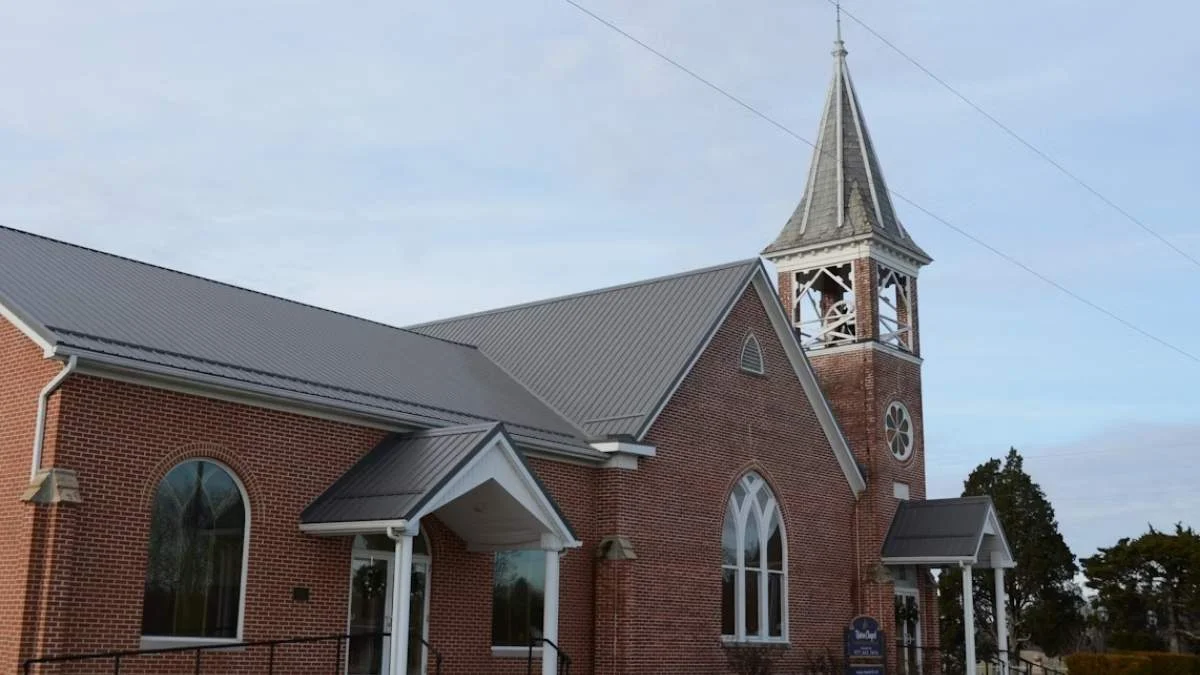GENERAL
Security for Religious Institutions: Protecting Places of Worship

Religious institutions are vital community spaces that host congregations, events, and important cultural activities. Because these facilities welcome the public, they can be vulnerable to theft, vandalism, or other security risks. Implementing strong security for religious institutions ensures the safety of worshippers, staff, and property.
Why Security Matters for Religious Institutions
Places of worship face unique challenges:
- Open access to the public while maintaining safety
Protection of valuable items such as donations, religious artifacts, and equipment
Safeguarding staff, volunteers, and congregation members
Compliance with insurance and local safety regulations
A comprehensive security strategy helps religious institutions minimize risks while fostering a safe and welcoming environment.
Key Security Measures for Religious Institutions
Access Control Systems
Access control allows administrators to restrict entry to sensitive areas like offices, storage rooms, and childcare facilities. Options include:
- Key cards or fobs for staff and volunteers
- Biometric systems for high-security zones
- Mobile credentials for flexible access
Video Surveillance
CCTV cameras help monitor entrances, parking areas, and main halls. Modern systems can integrate with access control, providing real-time alerts and remote monitoring capabilities.
Alarm and Intrusion Detection Systems
Alarms for unauthorized entry, motion sensors, and door/window contact sensors ensure quick detection of potential threats, especially during off-hours.
Visitor and Volunteer Management
Tracking visitors and volunteers with sign-in systems and badges helps maintain security while keeping the environment friendly and welcoming.
Emergency Preparedness
Religious institutions should have emergency plans for fire, medical incidents, or intrusions. Panic buttons, emergency exits, and staff training are essential for a rapid response.
Benefits of Security for Religious Institutions
- Safety: Protect congregation members, staff, and volunteers.
- Asset Protection: Safeguard donations, equipment, and artifacts.
- Peace of Mind: Allow worshippers to focus on spiritual activities without worry.
- Compliance: Meet insurance and local safety requirements.
- Operational Efficiency: Easily manage access for staff, volunteers, and visitors.
Examples of Security Implementations
- Churches: Key card access for offices and classrooms; cameras in parking lots and lobbies
- Mosques: Alarm systems and visitor management during large events
- Synagogues: Biometric or card-based access for sensitive areas; surveillance for community gatherings
- Temples: Emergency procedures and secure storage for valuable artifacts
Conclusion
Ensuring security for religious institutions is essential to protect people, property, and the community’s trust. By implementing access control, surveillance, alarm systems, and emergency preparedness measures, religious institutions can create a safe environment where congregants can worship and participate in activities without concern.
-

 GENERAL5 months ago
GENERAL5 months agoChristofle – For Those Who Dream of Family Heirloom Silver
-

 SPORTS7 months ago
SPORTS7 months agoDiscover the World of Football with Streameast: Watch Your Favorite Leagues and Tournaments
-

 GENERAL4 months ago
GENERAL4 months agoUncovering the World of кинокрадко: The Dark Side of Film Piracy
-

 GENERAL2 months ago
GENERAL2 months agoATFBooru: Anime, Gaming, and Subculture Imageboard























